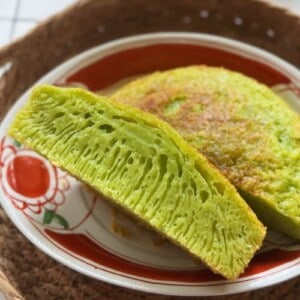Kaya – that dreamy, silky coconut-egg jam that makes toast irresistible. Sweet, fragrant, with just a hint of pandan… every bite feels like a little celebration of Southeast Asia.
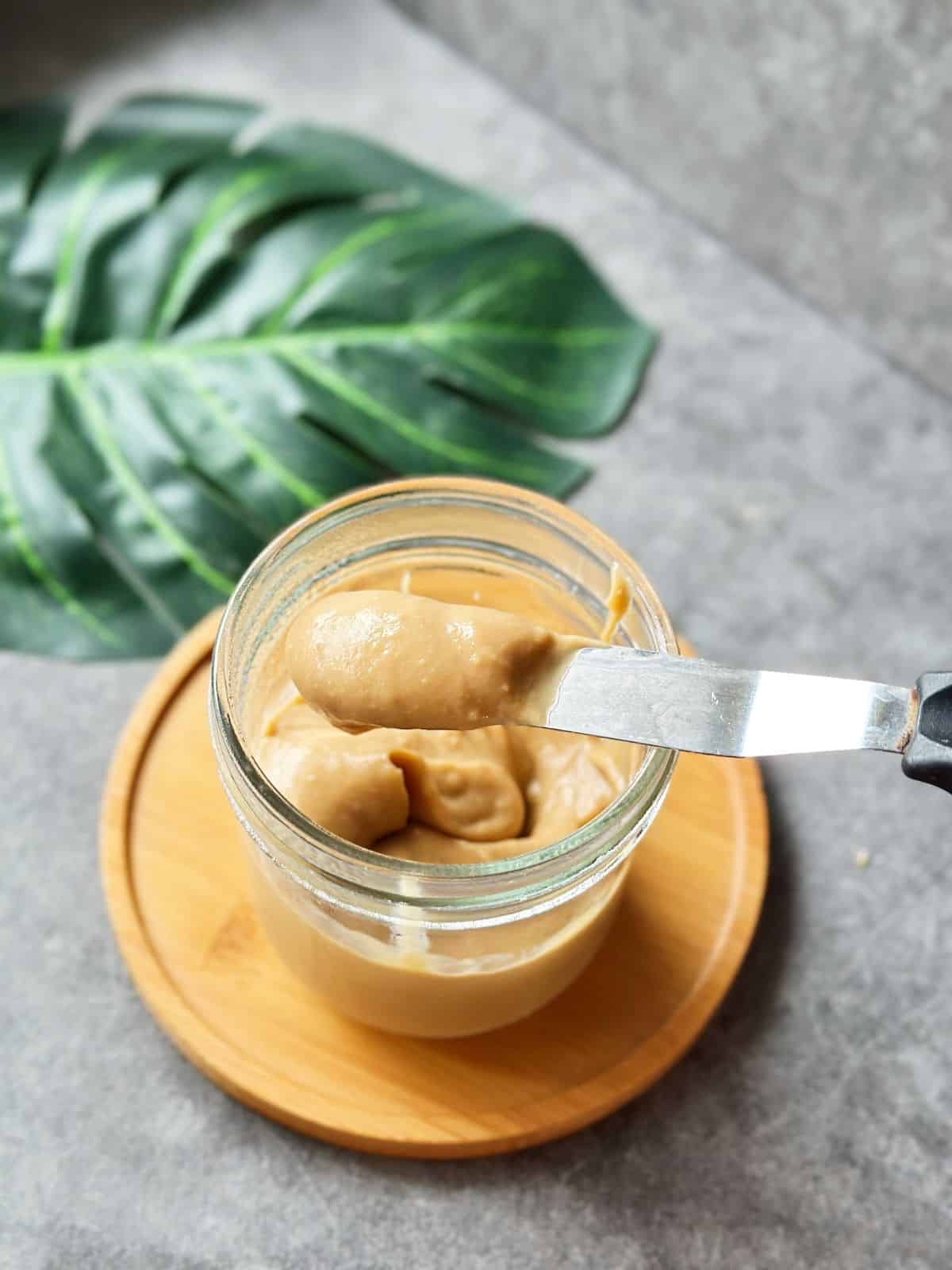
What’s Inside
What is Kaya?
Kaya is a creamy, silky coconut-egg jam that’s popular across Southeast Asia, especially in Malaysia and Singapore. It comes from Peranakan cuisine, a mix of Chinese and Malay cooking traditions, which explains its unique, rich flavor.
There are two main types: Nyonya Kaya, which is a pretty light green from pandan, and Hainanese Kaya, darker brown thanks to palm sugar or caramelized sugar. Other countries in the region have their own versions too—like Sangkhaya in Thailand or Ca Dé in Vietnam.
The first time I tried Kaya was on a trip to Singapore, and I immediately fell in love. It was right up there with other local favorites like pandan chiffon cake and Bak Kut Teh.
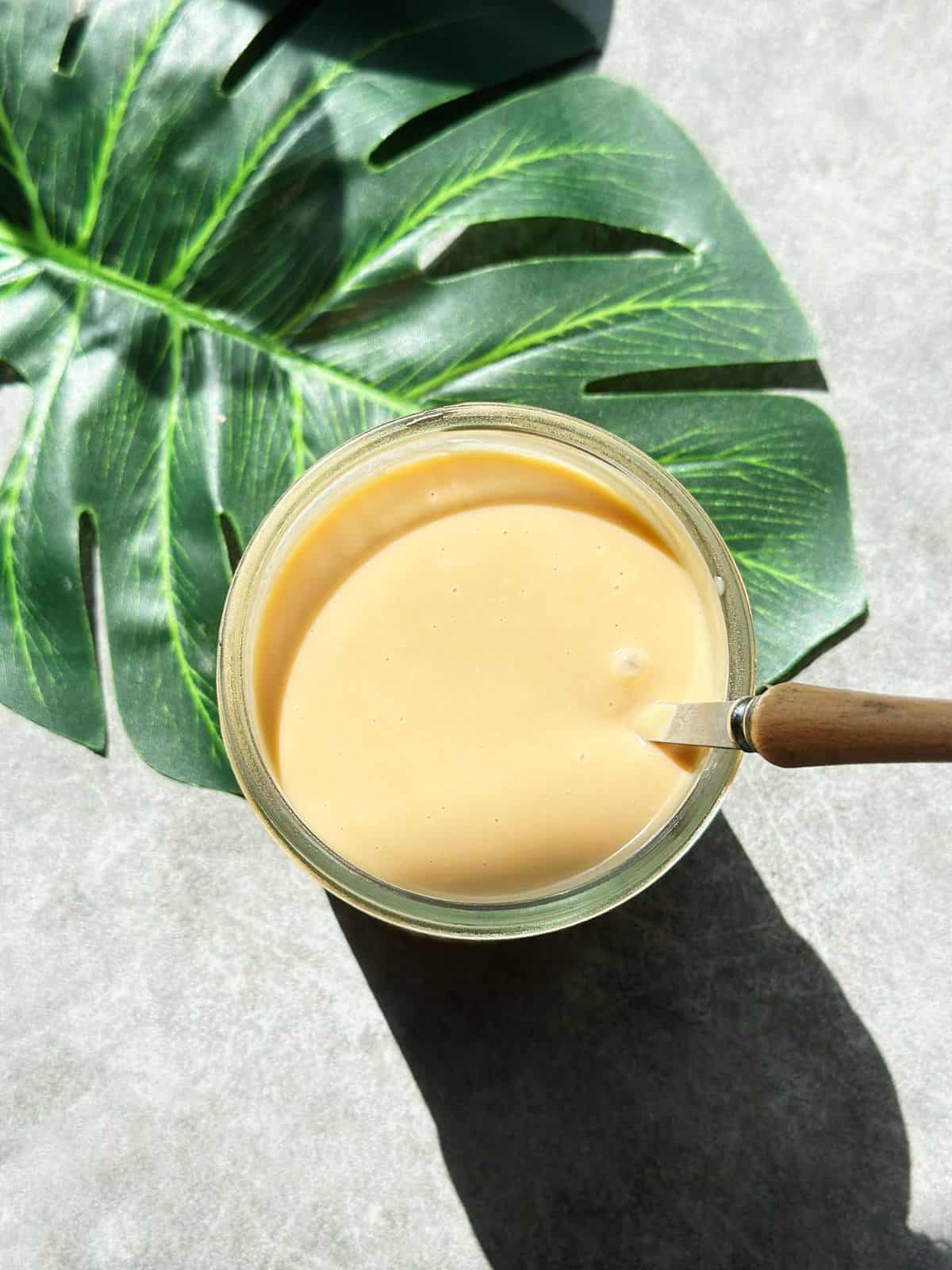
The classic way to enjoy Kaya is simple: spread it on soft toast with a little butter, known as kaya toast, and pair it with soft-boiled eggs and a cup of coffee or tea. It’s cozy, indulgent, and the kind of snack that sticks with you.
Keep a jar in your pantry, and I promise—you’ll reach for it more than Nutella, peanut butter or any other jam.
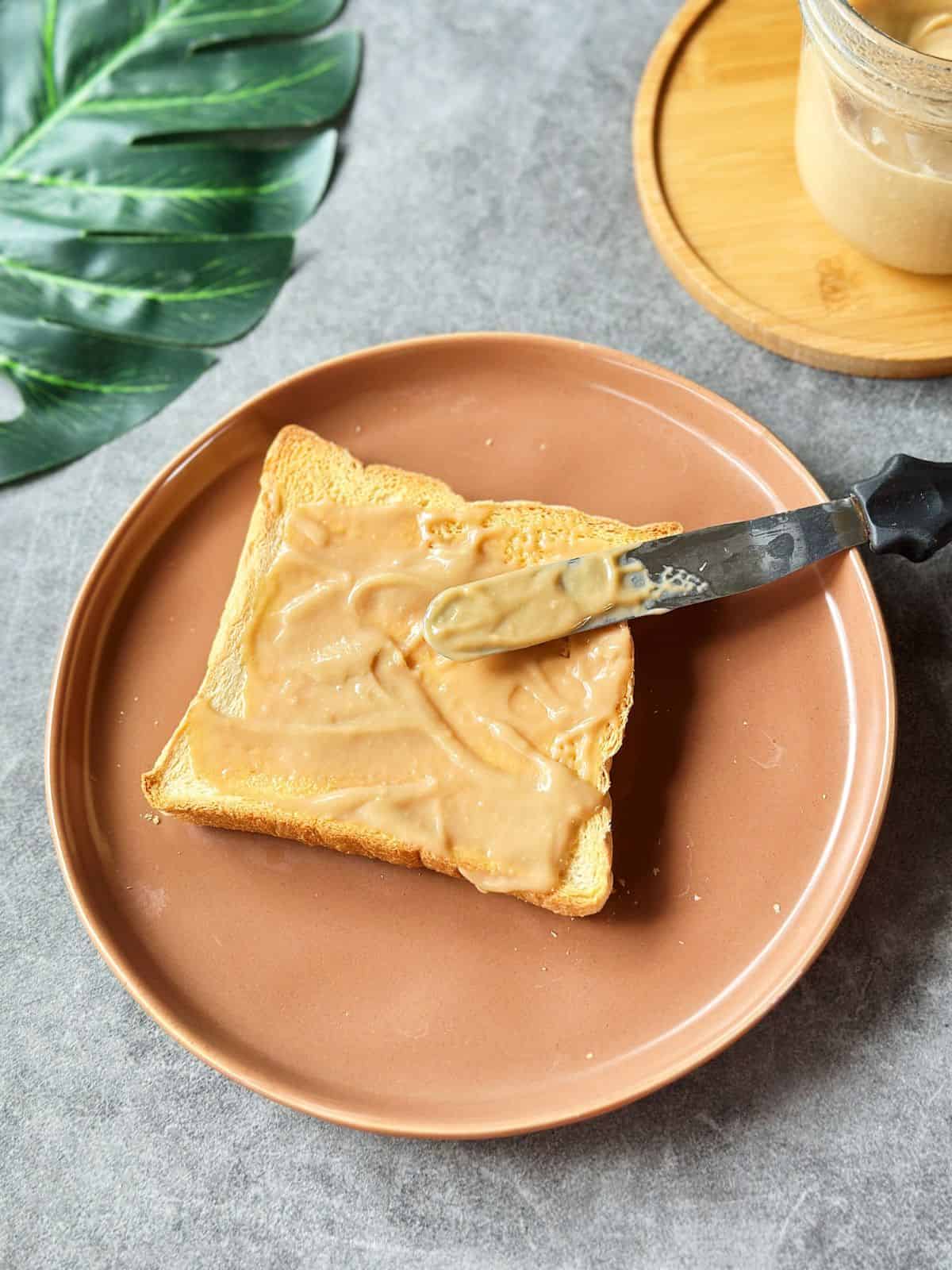
Ingredients
Hainanese Kaya
Eggs: Traditional kaya uses duck eggs, but chicken eggs work perfectly fine too.
Coconut cream: Skip the milk—coconut cream gives kaya that rich, creamy texture you want.
Palm sugar (chopped or grated): You can swap it with brown sugar or caramelized sugar if you like.
Pandan leaves: They add that signature fragrant flavor. For Nyonya Kaya, I usually use natural pandan paste to get a subtle green hue.
Salt (optional): A little bit.
Honestly, that’s it—just four ingredients! The ratio is simple: 1 cup eggs : 1 cup coconut cream : ½ cup palm sugar (I like it not too sweet).
Sometimes I cheat a little by adding a pinch of cornstarch—it helps thicken the jam faster without changing the flavor.

Instructions
- Combine the palm sugar, salt and coconut cream in a pot and cook over medium-low heat. Let the sugar melt completely—don’t let it boil.
- Beat the eggs in a bowl. Gradually pour the warm coconut-sugar mixture into the eggs while whisking continuously so the eggs don’t scramble.
- Strain the mixture into a heavy-bottomed pot and add some pandan leaves for fragrance.
- Cook over medium-low heat, whisking constantly. This prevents the eggs from curdling. It usually takes around 20–30 minutes. Traditionally, Malaysian and Singaporean versions are cooked over a bain-marie for extra smoothness, but that can take up to an hour.
- Keep whisking until the kaya is thick enough to coat the back of a spatula, but still soft and spreadable. Think of the texture like lemon curd—it will thicken a bit more as it cools.”
- Optional: Use a blender or an immersion blender to make it extra smooth and silky.
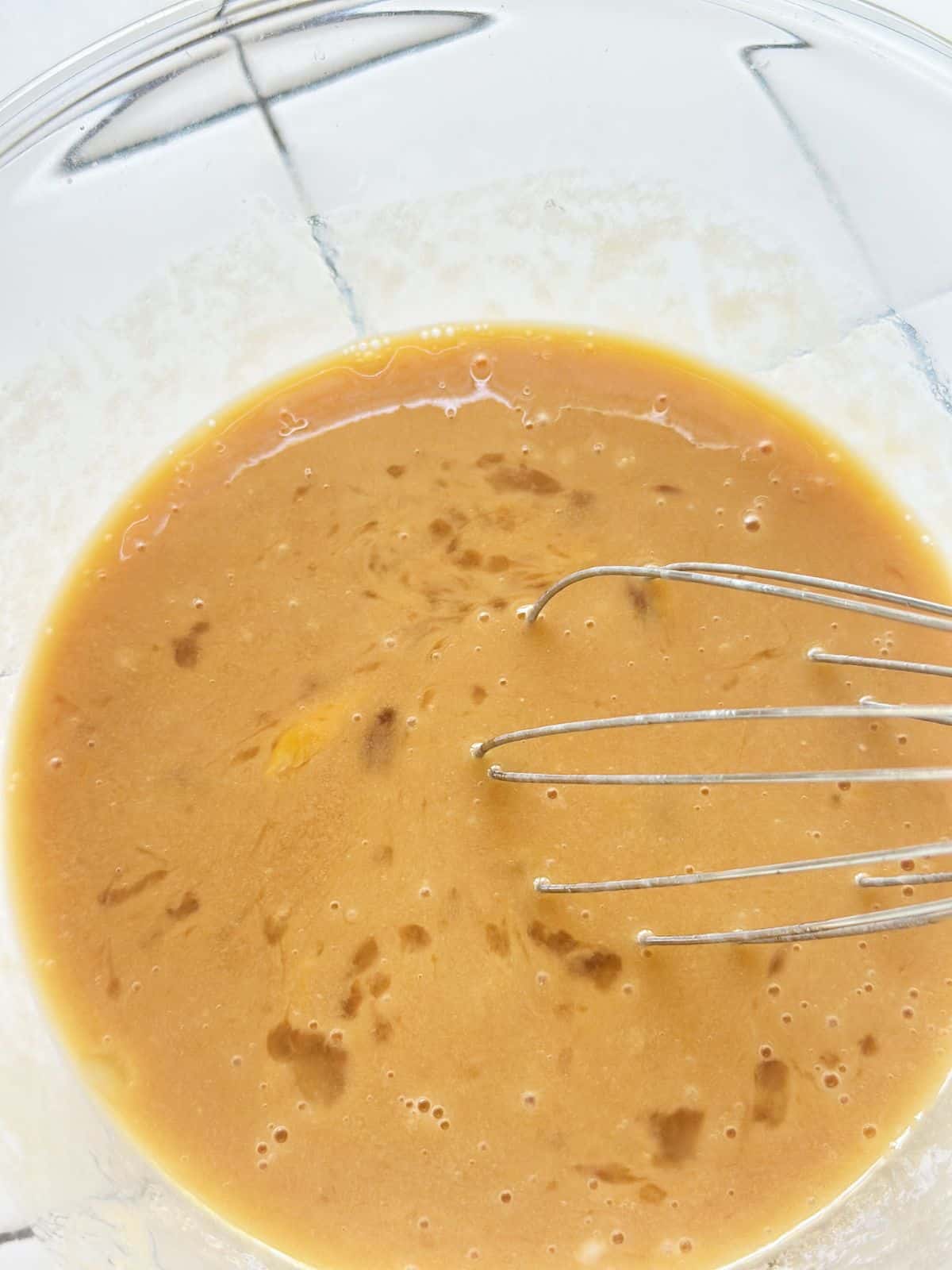
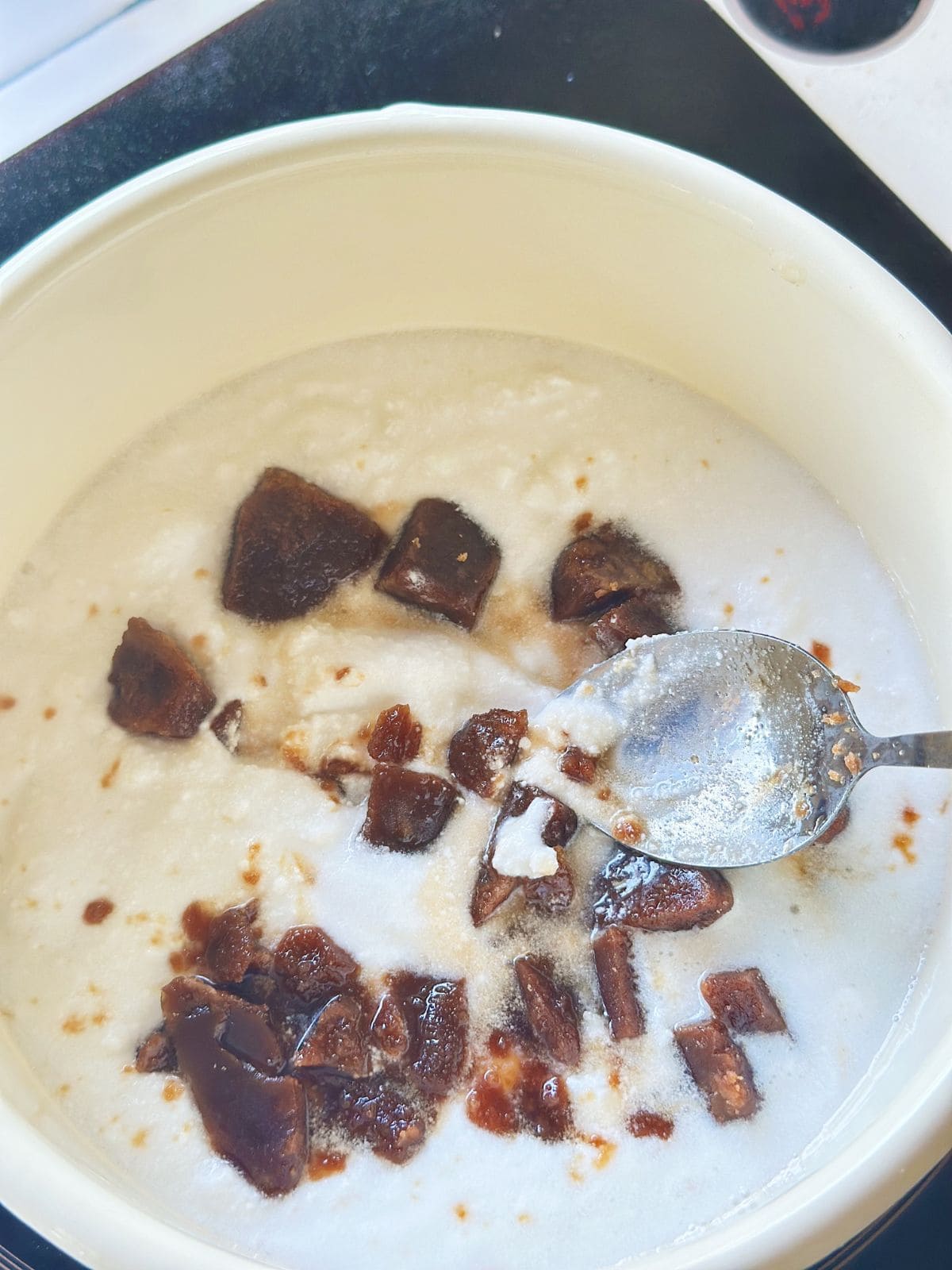
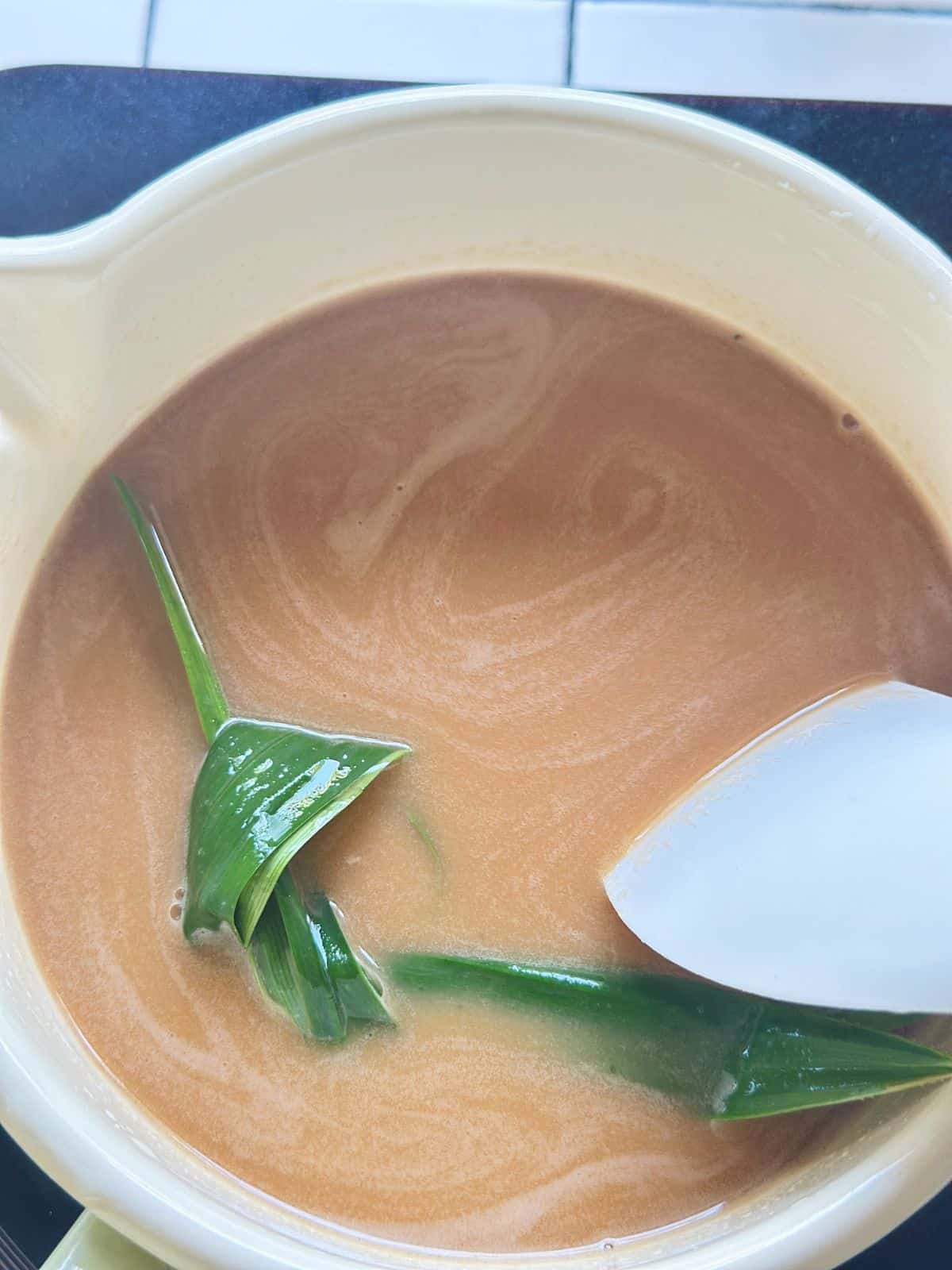
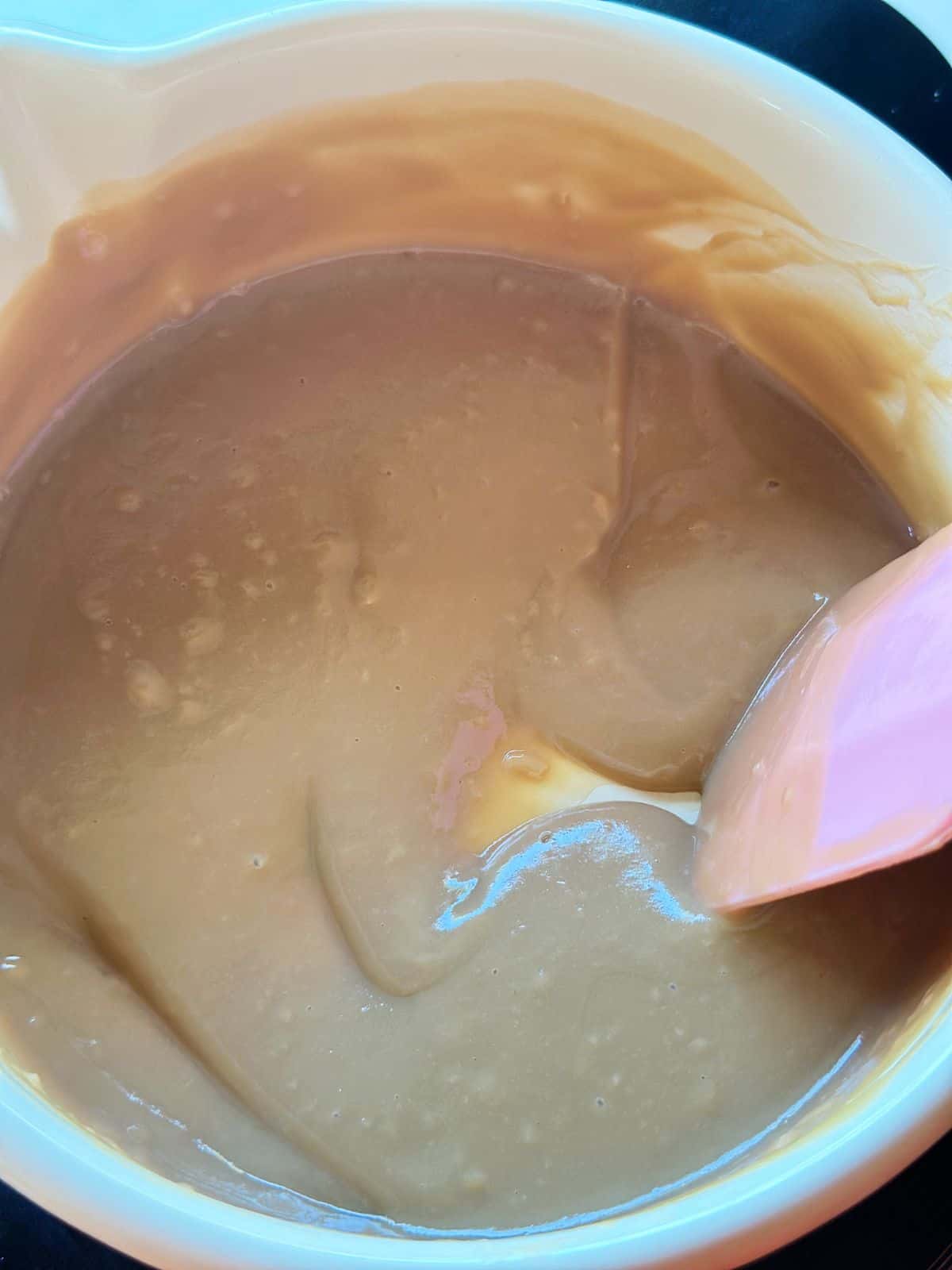
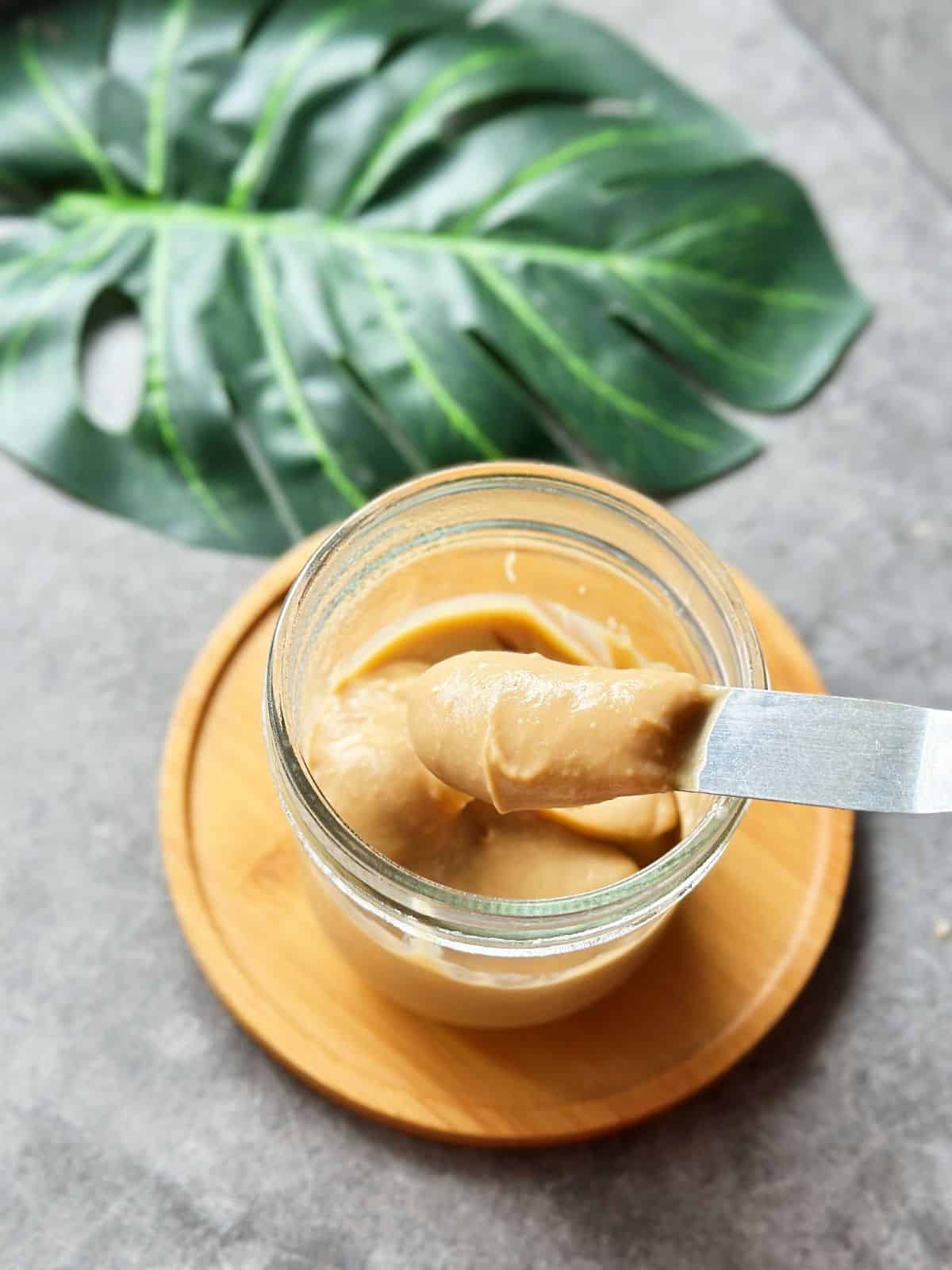
Variations & Ideas
The Classic – Kaya toast with a cold slab of butter, soft-boiled eggs, and a hot kopi or teh — the iconic breakfast of Singapore & Malaysia. Personally, I love it with Shokupan (Japanese milk bread) or pandan bread, paired with a glass of Vietnamese iced coffee.
For the Sweet Tooth: Spread it into steamed buns, tuck it inside Dorayaki, or add it as a silky layer to chiffon cakes and Chinese-style Swiss rolls.
Ice Cream & Parfaits – Swirl kaya into coconut ice cream or pandan ice cream, or layer with yogurt, granola, and tropical fruits like mango or banana.
Sticky Rice Love – Drizzle kaya over pandan sticky rice or Thai-style mango sticky rice for a luscious finish.
Bubble Tea Add-On – mix a spoonful into milk tea for kaya-flavored bubble tea.
Other Asian Spreads – Kaya sits in great company with ube halaya (Filipino purple yam jam), sweetened red bean paste (anko), matcha milk spread…
Tasty delights from Asian bakeries
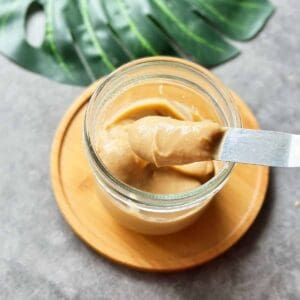
Easy Kaya Jam (Coconut Jam)
Ingredients
- 1 cup eggs (250ml about 5 medium eggs)
- 1 cup coconut cream (or full-fat coconut milk) (250ml)
- ½ cup grated palm sugar (125g)
- 2 pandan leaves (tied into a knot)
- 1 pinch salt
Instructions
- In a pot, combine coconut cream, salt and palm sugar. Cook over medium-low heat until the sugar melts completely. Do not boil.
- Beat the eggs in a bowl. Slowly whisk in the warm coconut-sugar mixture to prevent scrambling.
- Strain into a heavy-bottomed pot. Add pandan leaves.
- Cook on medium-low, whisking constantly, for 20–30 minutes until thickened. (Traditionally, it’s cooked in a bain-marie for extra smoothness, but that can take up to 1 hour.)
- The kaya is ready when it coats the back of a spatula but remains spreadable. It will thicken further as it cools.
- Optional: Blend with an immersion blender for an extra silky finish.




